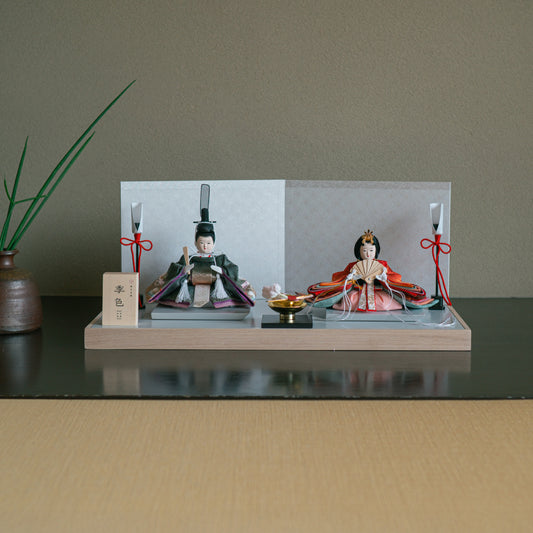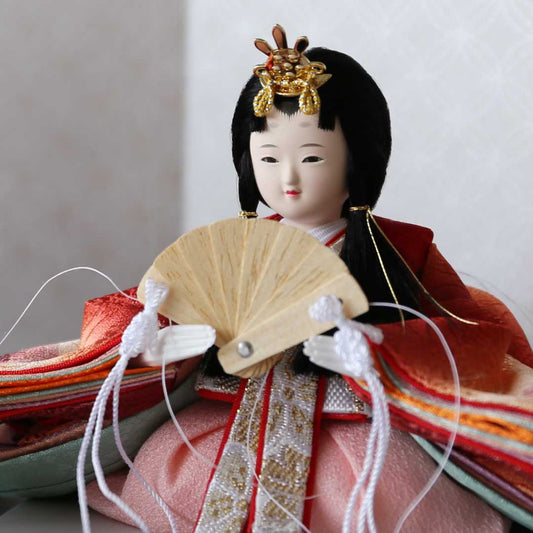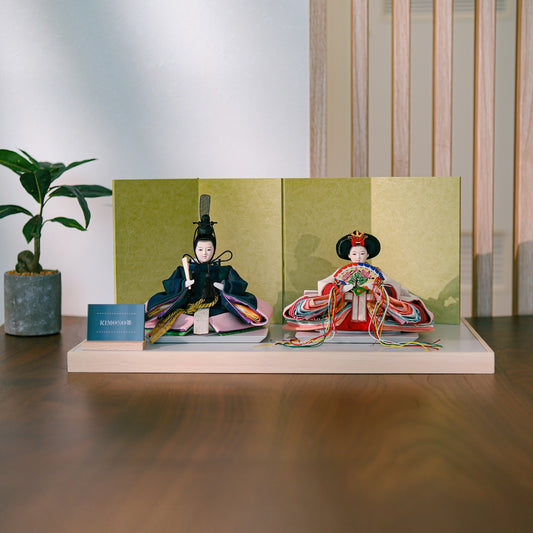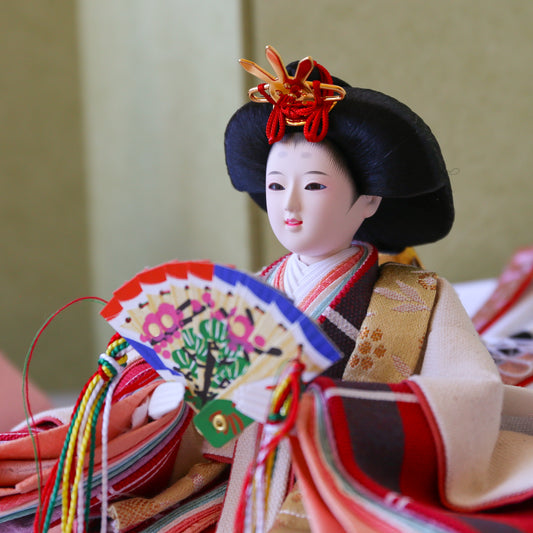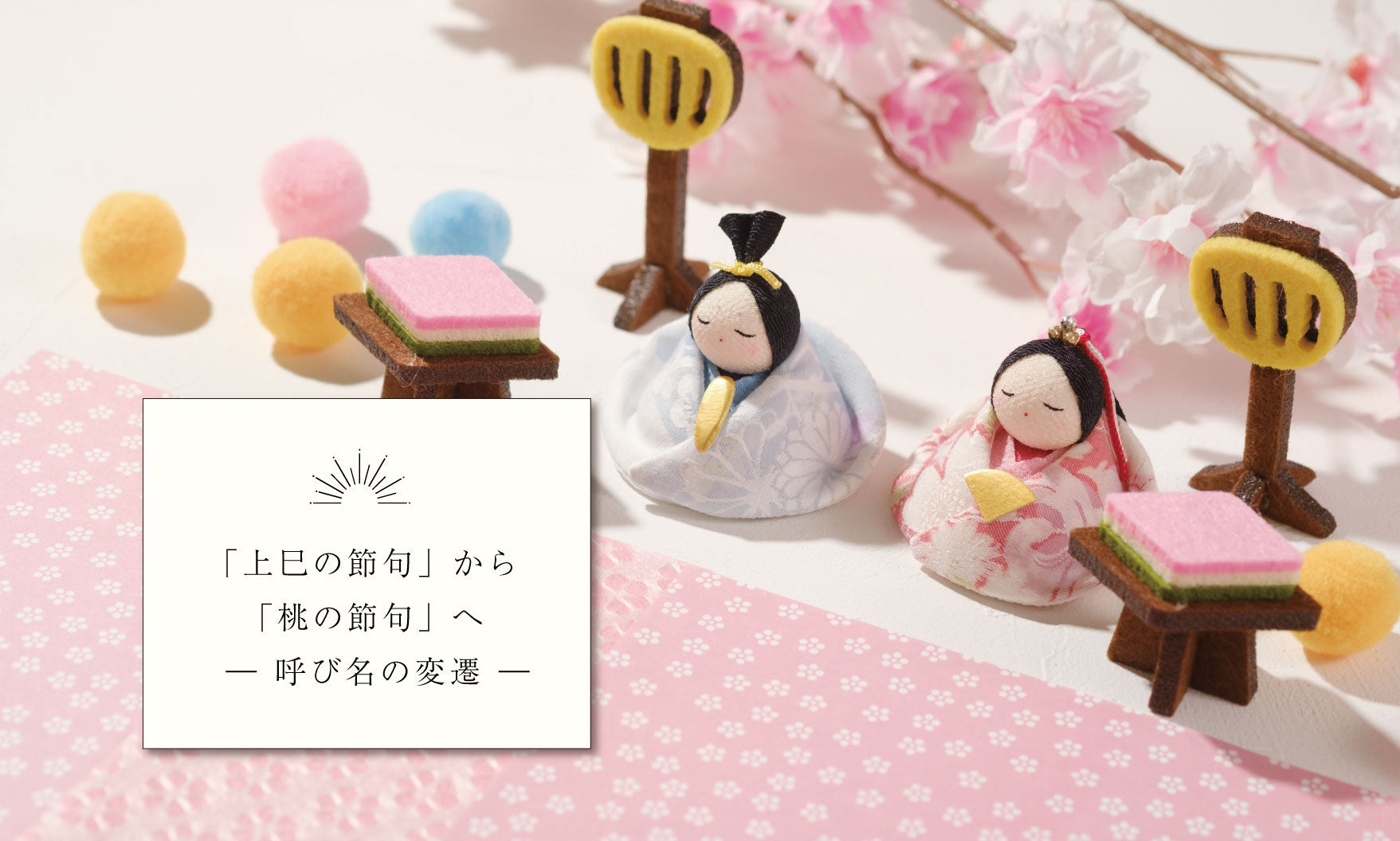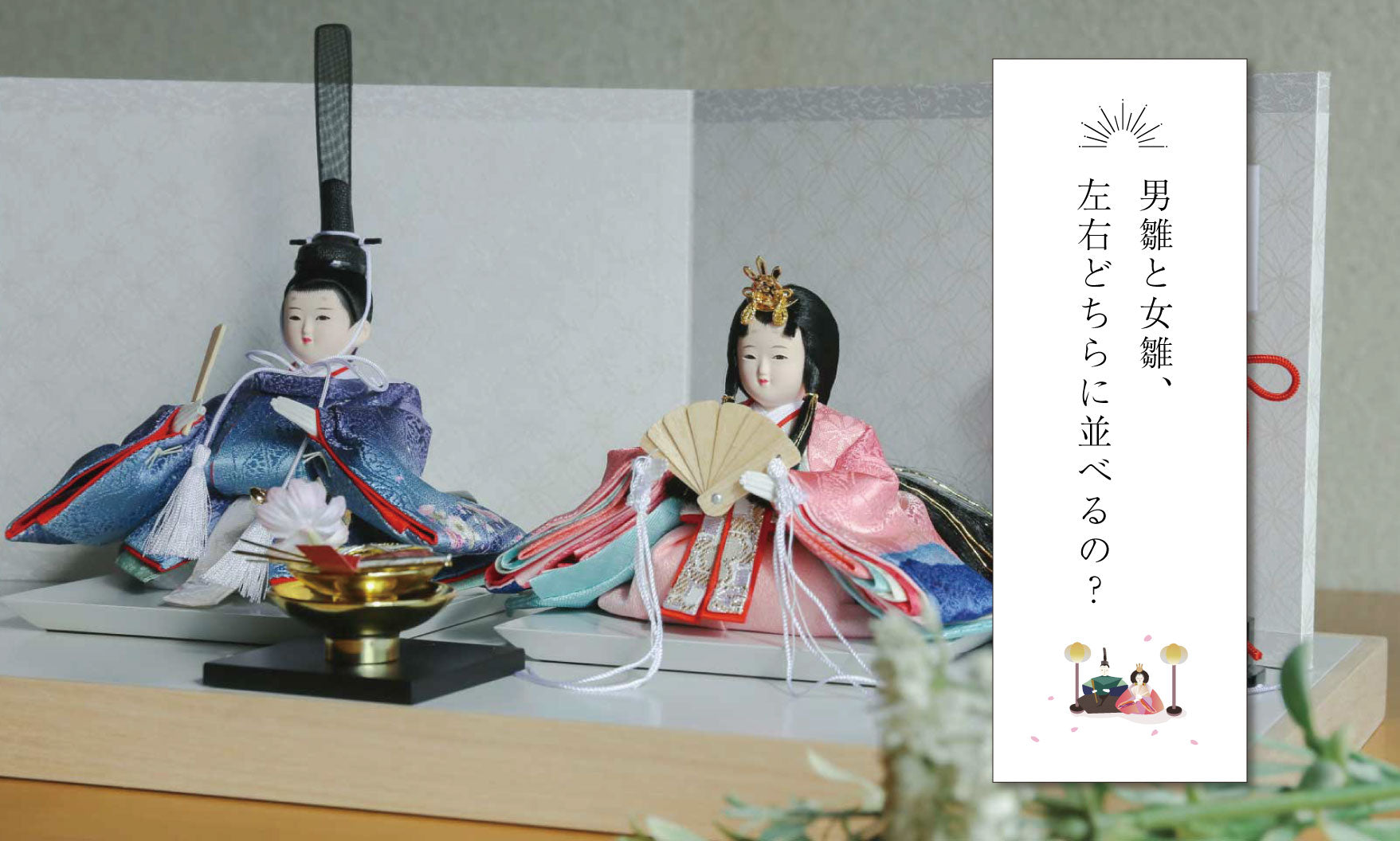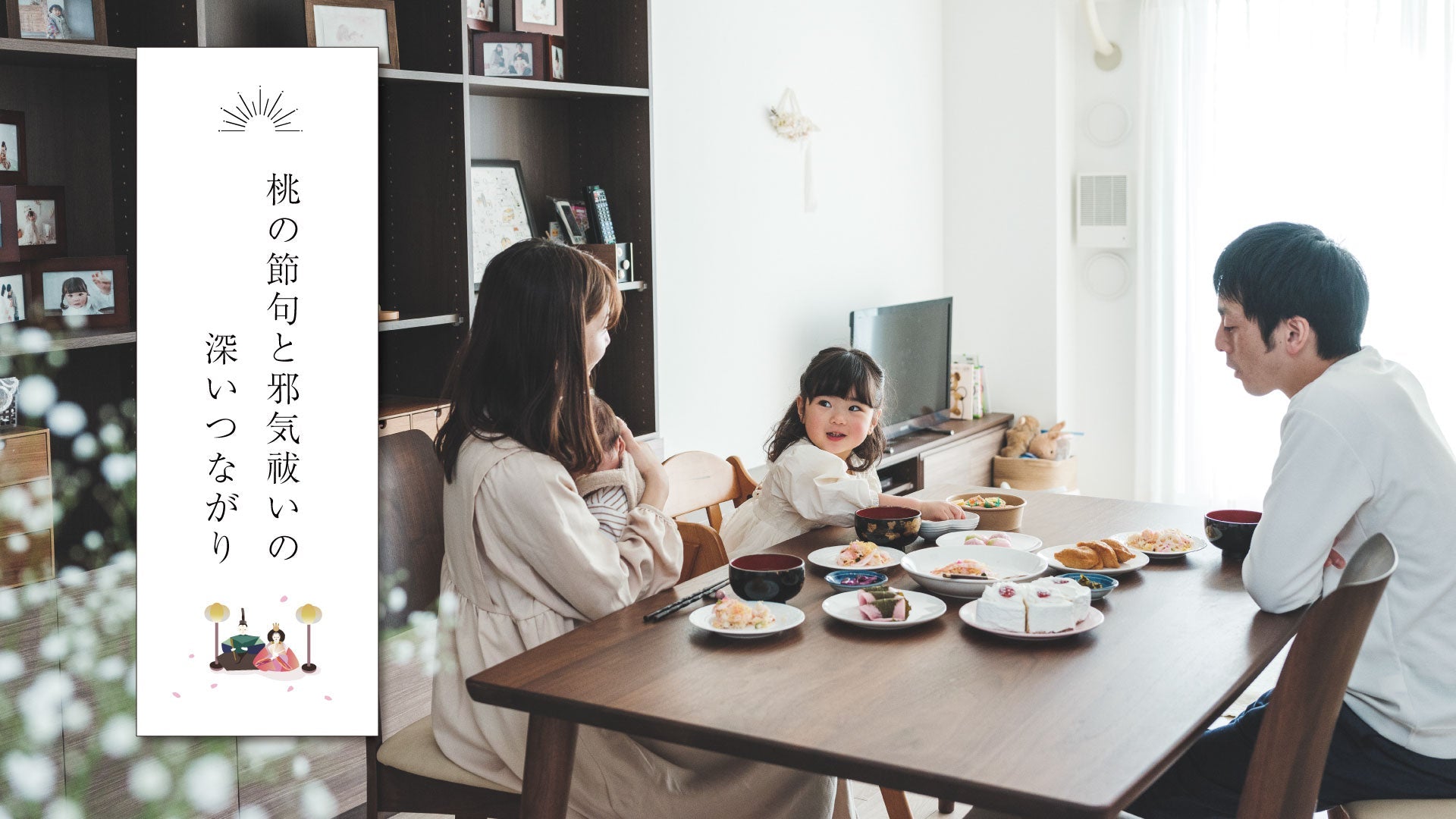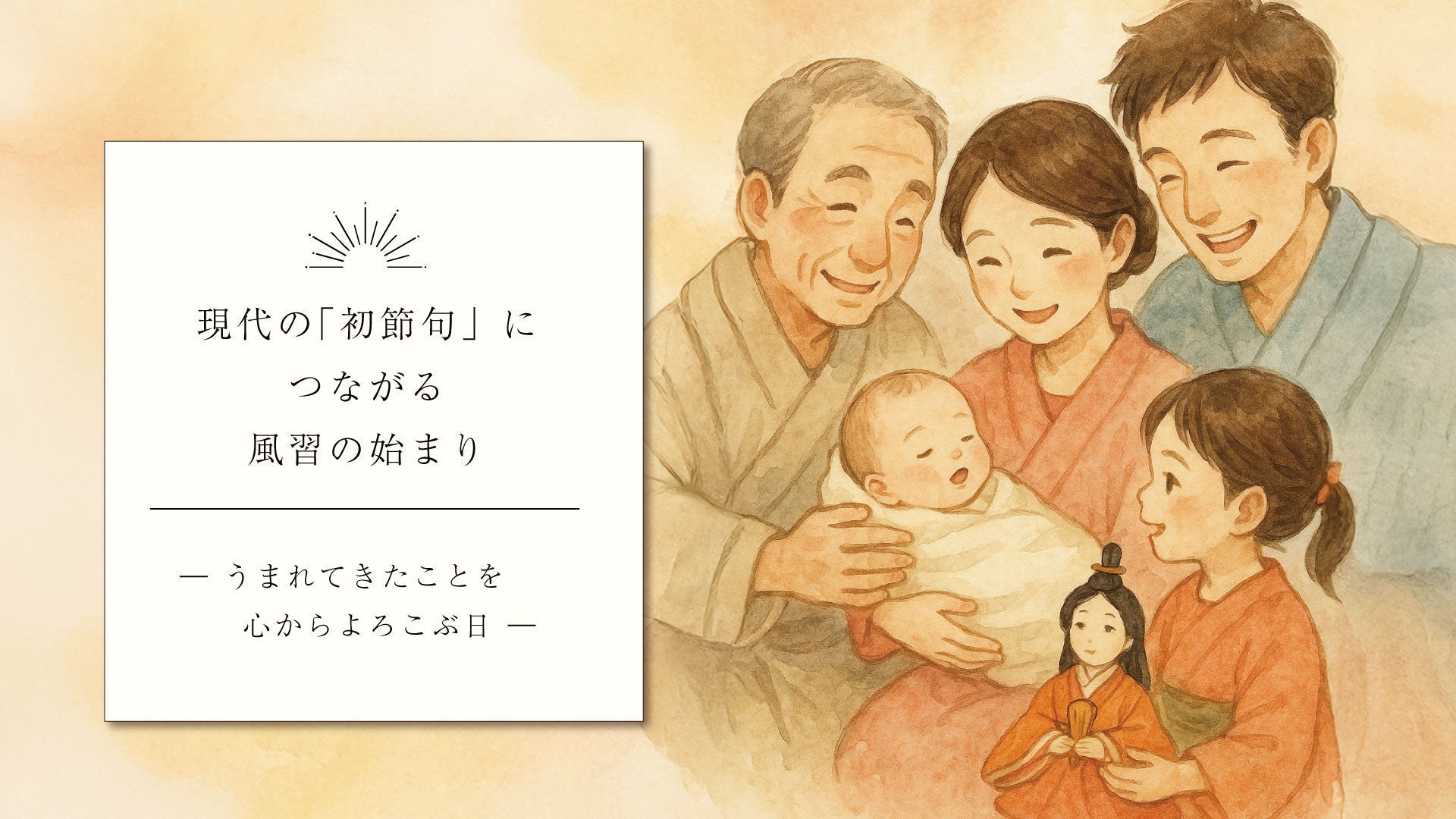When one thinks of the Girls' Festival, the first thing that comes to mind is the beautifully arranged tiers of Hina dolls.
The sight of the gorgeous dolls lined up in a staircase-like formation, including the Emperor and Empress, the Three Court Ladies, and the Five Musicians, is like the poetry of spring.
When people first began displaying Hina dolls, they were not displayed in tiers .
Behind this were changes in lifestyles and people's feelings.
■ Originally, there were pairs of Hina dolls
Clear records of Hina dolls first appeared in the Edo period, around the beginning of the Edo period.
At the time, it was common to display only a pair of dolls, a male and female, called "Dairibina."
These dolls are modeled after the Emperor and Empress, and are said to represent the wish that the couple will live a harmonious and happy life together.

■ The birth of tiered display dates back to the mid-Edo period
Strategy In the middle of the Edo period, the way Hina dolls were displayed began to change little by little. The three court ladies who served the princess, the five musicians who played music, the right and left ministers who protected the lord, etc.
This is not simply an expansion of decoration, but a culture of "mitate" that shrinks the entire world of the imperial court .
The picture scrolls and materials used in this project already depict the process of "making tiers and displaying dolls on them," and this is where the prototype for the tiered display was created.
■There are too many dolls… “Let’s arrange them in layers.”
Now, here's a problem.
There were so many dolls and items that I wanted to display that the flat space was quickly taken up by them.
"This doesn't look good, it's not beautiful."
"So let's make them into a staircase, lining them up from top to bottom."
The latest "tiered display" style was created with careful consideration and natural elaboration.
The upper tier naturally contains expensive dolls, while the lower tier contains servants and tools.
This layout takes into consideration not only beauty, but also the Japanese values of valuing order and courtesy .
■ Public disclosure?
The order in which the tiers are arranged also has meaning.
Are you prepared for the dolls to be arranged in descending order of their "value" from the top of the tiered display? 
-
First stage: Dairi Hina (male Hina/Female Hina)
-
Second row: Three court ladies
-
Third act: Five musicians
-
Fourth stage: Zuishin (Minister of the Right/Minister of the Left)
-
5th act: Servant (caretaker)
-
Sixth to seventh rows: Wedding items and Imperial carriage, etc.
In this way, each step represents a different position, reflecting the state of court society at the time.
It is said that the gentleness shown to the quiet tiered displays also had the connotation of "discipline" and "education," so that children would naturally learn etiquette and relationships with others.
■What I wanted to convey to my children through decorating
The display tiers are not just a "row of dolls." The order in which they are displayed has meaning, and the process of preparing for the event while checking it together as a family naturally teaches customs and etiquette.
In the past, it was said that "the person in the middle of the three officials is the consort" and "the order of the five musicians is from the highest-pitched instrument to the lowest."
As children decorated dolls and learned from their parents and grandparents, they recognized the invisible "family culture."
■ A system that changes to fit your lifestyle
Tiered display displays were originally enjoyed by samurai and wealthy townspeople.
At that time in Edo, Hinamatsuri was celebrated with lavish displays and doll makers began to compete with each other to show off their skills.
Among these, the desire to display Hina dolls beautifully and splendidly led to the development of a "lifestyle idea" of stacking tiers to make them taller.
Tiered decorations are widely accepted by the general public for their practicality and aesthetic value.
■ The beauty of the tiered stand that continues into the present day
Nowadays, various styles that suit different lifestyles are popular, such as not only the seven-tiered display but also the three-tiered and one-tiered "Prince and Princess display".
The culture of displaying dolls is a manifestation of the irreplaceable aesthetic sense that the Japanese people have developed over a long period of time.
"Decorate properly" and "Arrange with understanding of meaning"
Each and every piece of handmade work is infused with kind thoughts of children , which is why tiered displays have been passed down through the ages.
■ Changes to suit modern homes
In the past, seven-tiered displays were the norm, but recently, taking into consideration housing conditions and ease of storage, more compact displays such as three-tiered and prince and princess displays (one tier) have become popular.
"Benefits of family" "Children's growth"
A time to carefully decorate one step at a time, hoping for a "happy life" -
It is a gentle time of prayer that is unique to Japan as spring arrives. 


![[Puca] HINANINGYO BASIC](http://hare-kura.com/cdn/shop/files/47cd525fe5c492fdae0df2acd4c7fdb7_6533d75c-0871-47dc-b042-e8c810099148.jpg?v=1736930436&width=533)
![[Puca] HINANINGYO BASIC](http://hare-kura.com/cdn/shop/files/23.1127-1.jpg?v=1736930436&width=533)
![[Puca] Puca Hina Ningyo Flower Box HINANINGYO HANAHAKO](http://hare-kura.com/cdn/shop/products/hanahako1.jpg?v=1669709186&width=533)
![[Puca] Puca Hina Ningyo Flower Box HINANINGYO HANAHAKO](http://hare-kura.com/cdn/shop/files/78f0a49f049129f2ca7b49651a9aac5a_865abe49-efe2-48af-adae-f35579aae7ab.jpg?v=1736995624&width=533)
